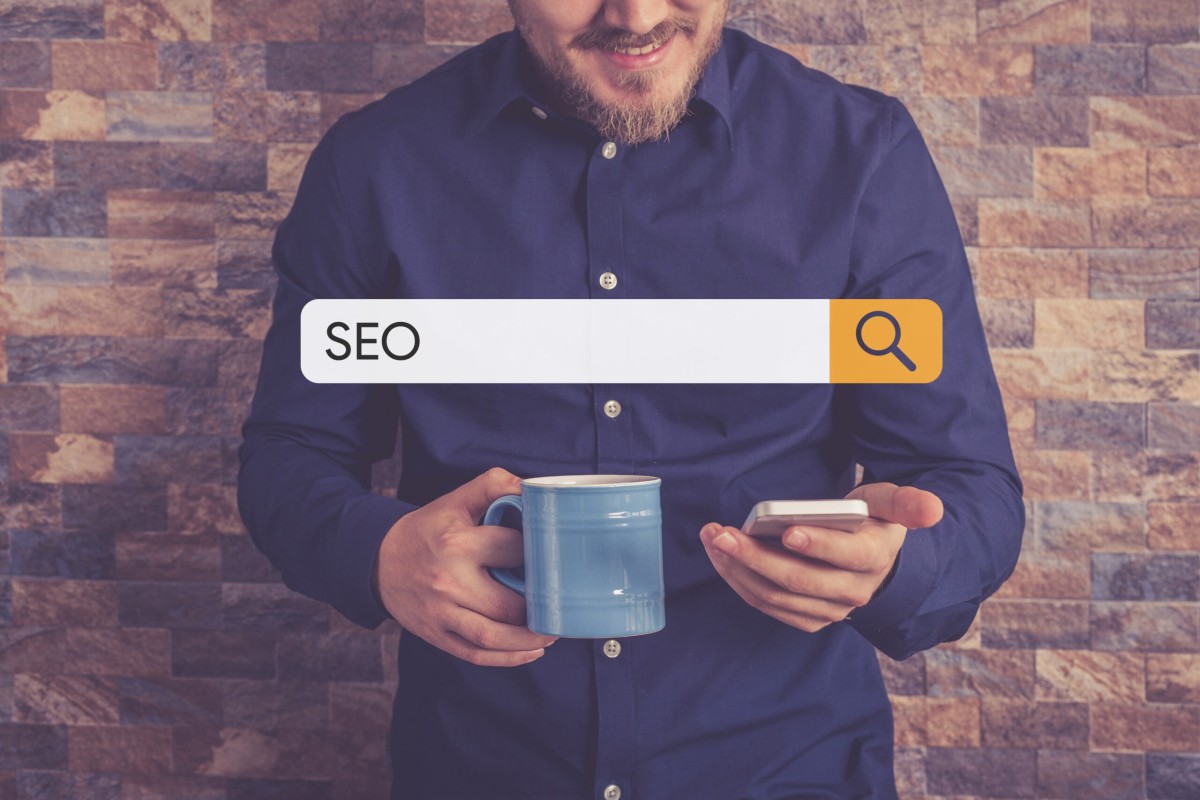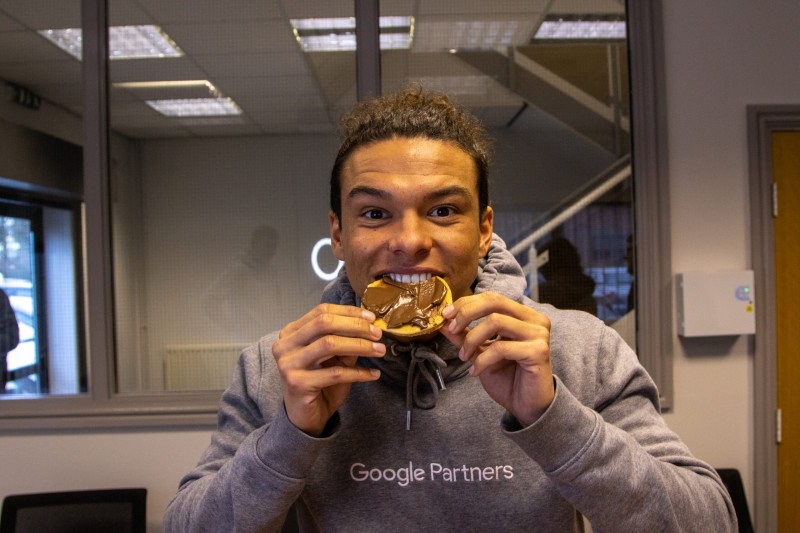Shopify is one of the most popular Ecommerce platforms in the world, powering roughly half a million online selling sites.
But no matter how good the products you’re selling, or deals you have, without the proper search engine optimisation work, no-one will ever find your store and you’ll never make any sales.
While many of the usual SEO principles apply with Shopify than every other website, there are a few extra things to consider for an Ecommerce website, and a few common mistakes we see people making.
These are some of the most common mistakes we see people make with their Shopify SEO plan, and how you avoid or fix them.
1. Poor technical SEO
Getting the technical side of your Shopify SEO right is like building your house on a solid foundation.
Get this wrong, and nothing will be as stable as it could be.
This means getting basic things right like your Meta Titles and Meta Descriptions on all your pages, along with optimising your H1s.
All this makes it easier for search engines to understand what your pages are about, and rank them based on relevance.
2. Poor navigation and URL structure
Building a navigation and URL structure that is easy to follow is an essential part of SEO for Ecommerce.
Shopify is a good platform for SEO because it uses subfolder structure, rather than subdomains.
Now there’s a lot of contention about which is better, but studies by the likes of Moz have largely concluded that subfolders carry better SEO benefits.
Having said that, you still need to structure your URL and website architecture to make it easy to follow.
This includes adding breadcrumb links to your site, which make it easier for customers to figure out how they got to a particular page, and make their way back – which is useful when they’re jumping back and forth between pages to compare products.
Setting up your structure between home, category, product and resource pages will have a big impact on your SEO.
3. No keyword research planning around buyer intent
Keyword research is obviously important for any website, but for Ecommerce it’s a bit different because many of your keywords will be product focused (seeing as you’re looking at keywords relevant to the products you’re selling).
But, many Shopify stores tend to focus too heavily on short-tail product keywords, and don’t think enough about search intent.
For example, trying to rank for running shoes is all well and good – if not extremely difficult – but people don’t search very often just for running shoes.
Instead they’ll search a variation of the phrase based on what they’re looking for.
So they’ll search for “best marathon running shoes”, “gym vs trail running shoes” or “women’s running shoes under £100”.
These searches don’t carry the same volume as short-tail searches, but they are much easier to rank for and are more likely to lead to conversion and sales.
4. Not fixing slow page load speeds
Search rankings are determined by a couple of factors and user experience is a key one.
Having a Shopify website that takes ages to load doesn’t give the user a good experience so Google will rank you lower than a site which has a quicker load speed.
Not only that.
But from a general shopping standpoint, people aren’t likely to sit around waiting for a slow page to load when they could easily go somewhere else in a couple of clicks.
Research by Cloudflare analysing how load speed impacting conversion discovered the following:
- At a page load speed of 2.4s, conversion rate was 1.9%
- At 3.3s conversion rate dropped to 1.5%
- At 4.2s it dropped to less than 1%
- At more than 5.7s conversion rate fell to less than 0.6%
5. Not optimising for mobile
Mobile sales are expected to overtake desktop sales by 2023 according to WorldPay.
In the UK, turnover from Ecommerce is growing at about 14% (among the highest rate in Europe) so if your Shopify site isn’t optimised for mobile you’re missing out on a huge, growing part of the market.
Site’s not optimised also rank lower than those which have been built with mobile in mind.
When creating your Shopify site, make sure you choose a theme that will be mobile friendly.
6. Not considering alt text to optimise images
Alt text (or alt tags or alt descriptions as they’re also known) are the image descriptions that are shown when images fail to load.
When search engines are crawling your pages for content they automatically scan for alt text descriptions on images. It is possible that if you have an image of a pair of trainers that Google could decipher that’s what the image is.
But that’s not going to do your SEO any good.
Instead, make your alt text very specific to the product down to the description of the brand name, category name and even colour.
This makes it much easier for search engines to read.
This is also a factor in user experience as alt text helps screen reading tools describe the image to shoppers with a visual impairment.
7. No customer reviews
Customer reviews and testimonials improve your chances of making a sale by 89% compared to any other kind of content you’ll use on your site.
Why? Because people trust an independent review from another customer than they do your marketing copy.
They expect you to say you’re great. If someone who has used your services says the same thing, you’ll be more likely to make more sales and get new customers.
Reviews also play a big part in SEO because they create more content on your website that is useful to others and which search engines can crawl.
The more reviews you have, the more chance your pages have of ranking.
8. They don’t use videos
Videos have not only become an essential part of Ecommerce, they play an important role in SEO performance too.
More Ecommerce stores use videos to demonstrate products more effectively.
But many don’t even know you can optimise video content for SEO.
Including a video transcript, paying attention to video titles and descriptions, and putting videos on relevant optimised pages can all help with the SEO performance of your Shopify site.
9. They don’t publish blogs or use content marketing
Websites which are regularly updated with new content are ranked higher than those which aren’t. That’s just a fact.
If you’re an Ecommerce website, chances are that unless your products change everyday you don’t have the opportunity to update content enough.
This is where a blog comes in.
By creating regular blogs around keywords, phrases and questions your customers have, you can get your Ecommerce website ranking higher.
Having a blog on your Ecommerce website also gives you the chance to engage with your customers long before they might buy from you.
If we go back to the running shoes example earlier.
Before your customer buy a pair of running shoes, they’ll do research on which ones are best for them.
This could be based on the distance they’re running, the terrain they’re running on, the features they want – even there running style or gait.
A blog on the top 10 best running shoes for outdoor running could be a valuable piece of content for a consumer in the research phase, and will be ranked by Google based on its usefulness and SEO.
Creating this kind of content regularly is critical if you want your Shopify site to rank.
10. Not checking for broken links consistently
Broken links are a major problem for SEO performance.
Unfortunately, they’re also more likely to happen on an Ecommerce website than other type.
This is because you might stop selling a particular product or category and delete the url.
If someone tries to get to the deleted link Google will get a 404 page not found error, and punish your SEO.
However, you can get around this by just redirecting the link to another, relevant, link that still exists – rather than just deleting it.
You should be checking for broken links regularly and you can do this easily using Google Search Console.
11. They don’t try and get backlinks to their site
According to Google, getting legitimate backlinks from third party websites is one of the most important factors when it comes to ranking highly in search.
The more links a webpage has, as long the page and links are relevant, the higher the page will rank.
Getting links to a product page is hard, if not impossible as websites aren’t likely to just link to a page for the sake of it.
But if you’re creating regular blogs and other content, which you should be, you could use them as guest posts on other websites with a link back to yours.
Some websites and trade magazines also run regular “Best product type for 2020” so keep an eye out for those to submit your product or service to to earn links that way.
Get in touch with our SEO experts today
Do you need a little support implementing these SEO best practices?
Perhaps you’d like to know more about our content marketing services, or how we can help your business to thrive?
Whatever it may be, you’re welcome to get in touch with the Paramount Digital team at any time.
You can either call 01744 747474, email marketing@paramountdigital.co.uk or fill in the online enquiry form and we’ll get back to you.
Posted by: hollycharlesworth
July 4, 2023







